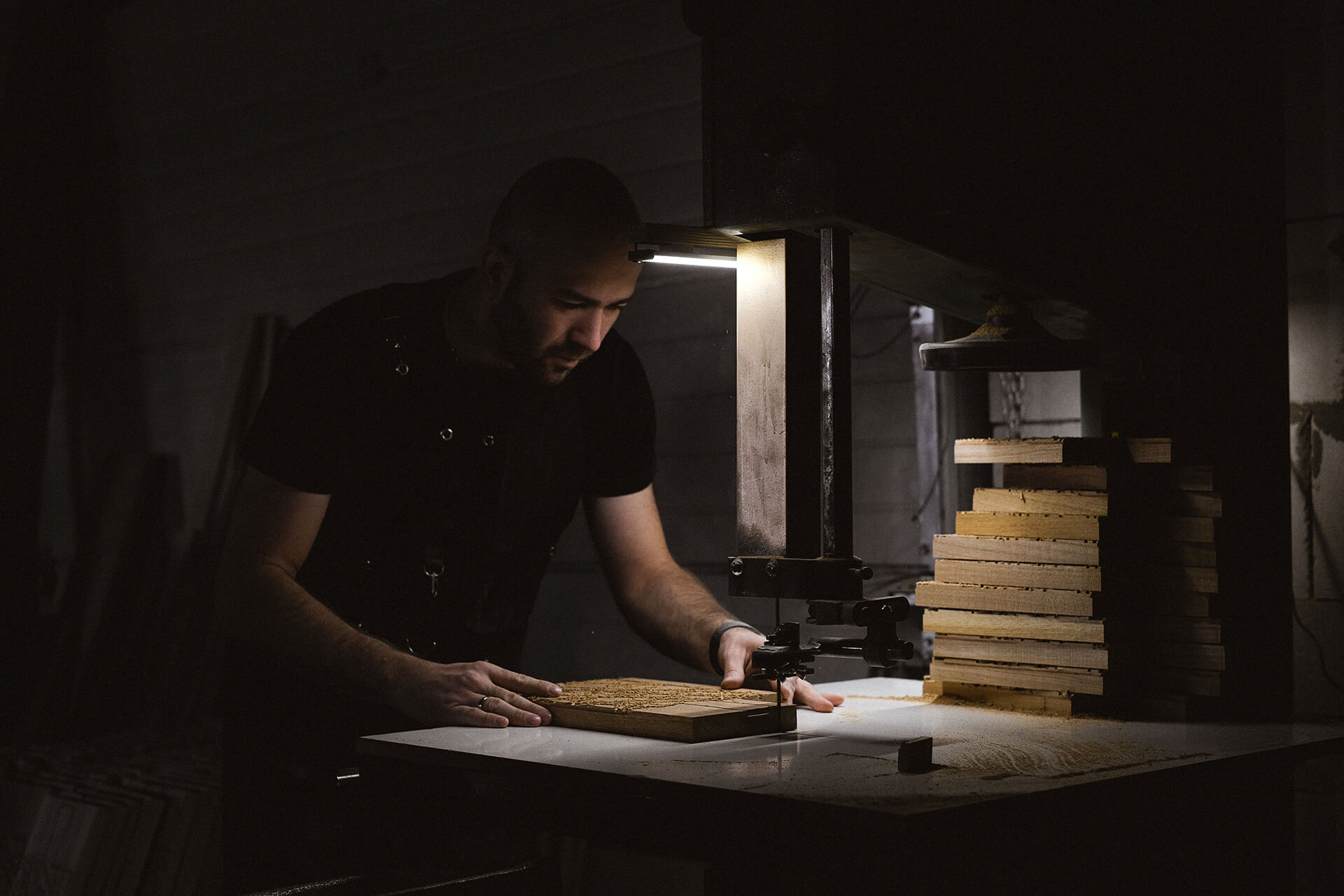Working in a carpentry industry can cause hearing loss due to the loud noise levels from power tools, machinery, and construction sites.
Table of Contents
Carpentry and Hearing Loss: Understanding the Risks and Prevention Measures
Hearing loss is the second most common occupational disease after musculoskeletal disorders among US workers. According to NIOSH, about 30 million workers are exposed to hazardous noise in the workplace, and another 9 million are at risk of hearing loss due to exposure to other sources such as solvents and metals.
However, while hard hats and goggles have become common protective equipment used by construction workers, ear plugs and other hearing protection have not. As we already know, working as a carpenter is a difficult but rewarding profession which calls for accuracy, ability, and attention to detail – however, there are a number of risks associated with it, including hearing loss.
Carpenters, especially those working on construction sites, are exposed to a variety of noisy equipment and power tools such as jackhammers, rotary hammers, chainsaws, rotary hammers and other tools with noise levels exceeding 85 dBA.
If you’re experiencing ringing in the ears (Tinnitus) at the end of the shift, needing to scream when you’re only three feet from a fellow colleague, or experiencing suspected temporary hearing loss when you get home from work, these are signs that noise is becoming a big problem .
Understanding Hearing Loss in Carpentry Working
Carpentry working involves the regular usage of power tools, such as circular saws, drills, and sanders, which can generate noise levels above 85 dB.
According to the Centers for Disease Control and Prevention (CDC), prolonged exposure to noise levels above 85 decibels (dB) can cause hearing loss, and the exposure time required for damage decreases as the noise level increases.
“Exposure to 100 dB noise for 15 minutes can cause permanent hearing loss.”
Hearing loss often has subtle symptoms that can go unnoticed for a long time. Tinnitus, trouble understanding speech, and the need to increase the level on electronic devices like radios and televisions are all typical symptoms of hearing loss. Untreated hearing loss can significantly lower a person’s quality of life by impairing their capacity for socialization, employment, and communication.
Employers must provide carpenters with the necessary training and personal protective equipment (PPE) to work safely. The carpenter’s role in maintaining a safe work environment is to inform the employer of noise hazards observed in the workplace, and remember, addressing the safety issues such as workplace noise is a team effort that must be reported by employees and corrected by employers.
Preventive Measures for Hearing Loss in Carpentry Working
Carpenters can take a number of preventative steps to protect their hearing. Understanding the dangers of working with wood and the value of hearing protection is the first step.
Here are some suggestions for hearing loss prevention:
1. Wear Hearing Protection
Using hearing protection while working in the carpentry trade is the most effective technique to prevent hearing loss, and employers are required by the Occupational Safety and Health Administration (OSHA) to provide hearing protection to employees exposed to noise levels above 85 dB.
Earplugs, earmuffs, and noise-cancelling headphones are just a few of the different types of hearing protection that are offered. Employees should select hearing protection that fits well and is comfortable.
2. Reduce Noise Levels
Reduce the noise levels by using quieter machinery, performing routine maintenance and repairs on equipment, and putting noise reduction strategies, like sound barriers and acoustic insulation, into place.
Additionally, employers should encourage staff to report any signs of equipment malfunction and conduct regular training on how to use the equipment properly.
3. Take Breaks
Take frequent pauses. This can aid in minimizing the long-term effects of noise exposure. They should also avoid working in noisy environments during their off-hours, such as attending loud concerts or using power tools at home.
4. Monitor Noise Levels
Companies should routinely check the noise levels in carpentry work areas by measuring noise levels with a sound level meter and identifying specific locations with high noise levels.
In order to lower noise levels in certain places, employers might then put in place noise control measures like moving machines or erecting sound barriers.
5. Get Regular Hearing Check-Ups
Carpenters should have regular hearing check-ups to monitor their hearing and detect any signs of hearing loss. Early detection of hearing loss can prevent further damage and improve
Hearing Loss Compensation
The Workers Compensation Program was established in 1911 to encourage employers to make the workplace safer by requiring safety programs and the use of safety devices.
Since 1911, there have been over 2.5 million workers compensation claims filed. Hearing loss workers compensation claims now rank #3 in the number of occupational disease claims filed.
Carpenters can claim compensation from their employer for hearing loss if the hearing loss is caused by their work environment. In the United States, workers’ compensation laws require employers to provide compensation to employees who are injured or become ill as a result of their work. This includes hearing loss caused by exposure to loud noise levels in the workplace.
Always feel free to ask Johnson Law Offices about the process, the law, or an individual case. The legal, medical, and audio-metric questions that come into play in a hearing loss workers compensation claim can be complicated.
The claims require attention to detail mixed with an ability to work well with hearing-impaired retirees and their families, especially spouses, and their hearing health care professionals.
Sources
Contact Us
If you, or anyone you know, worked in noise and suffers from hearing loss, please do not hesitate to contact us.
Contact Us


